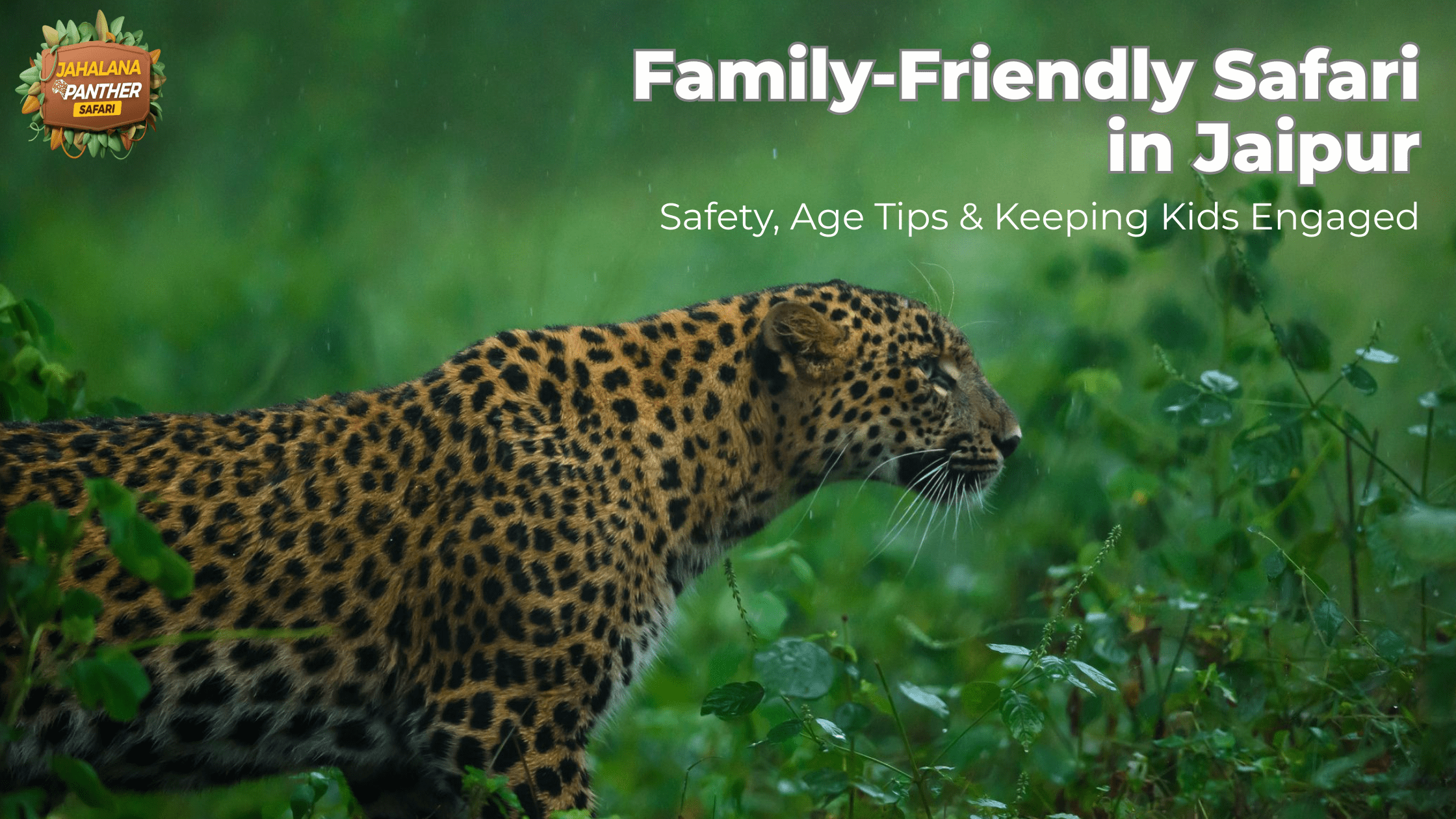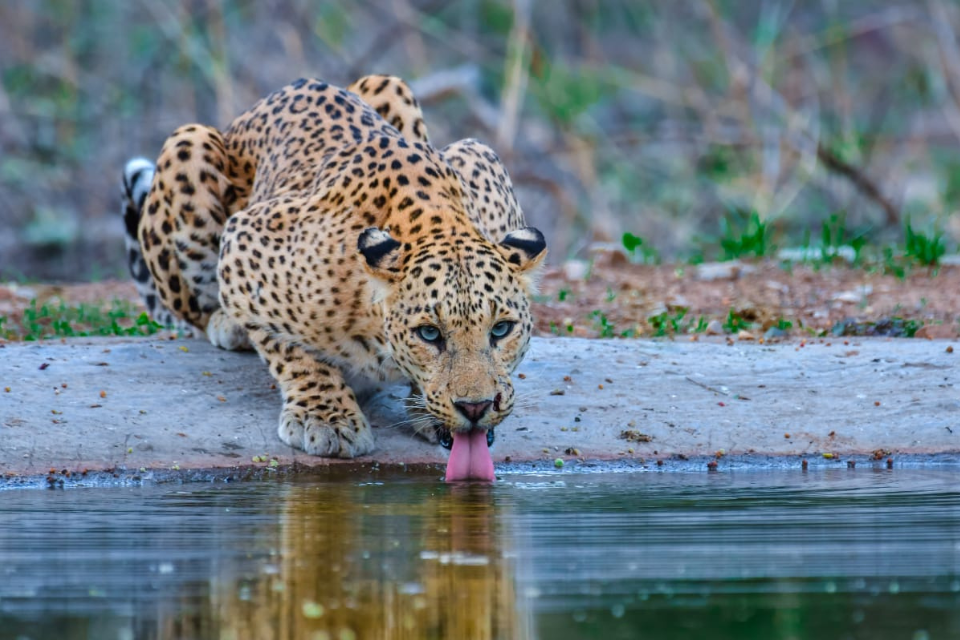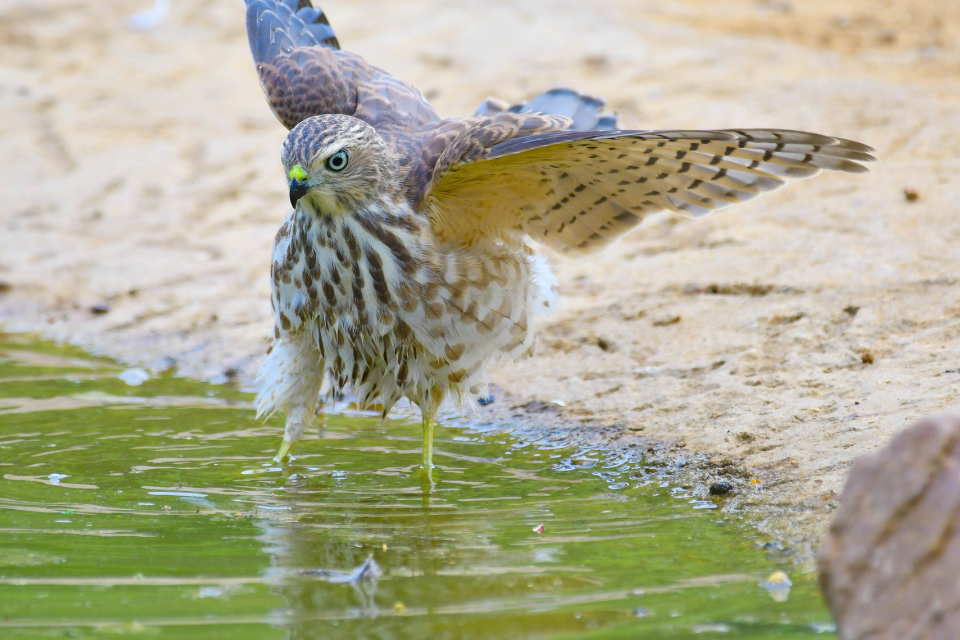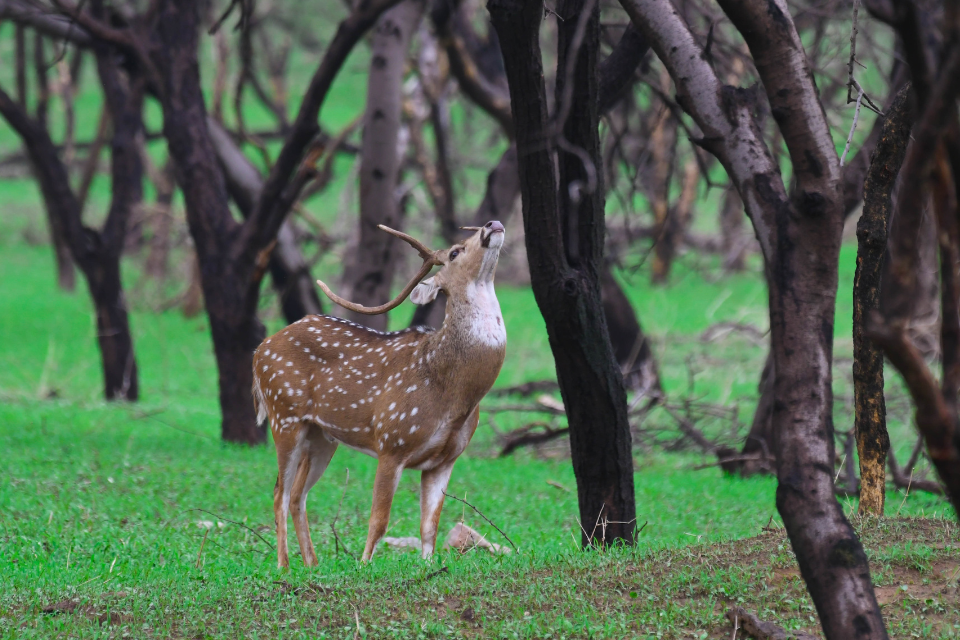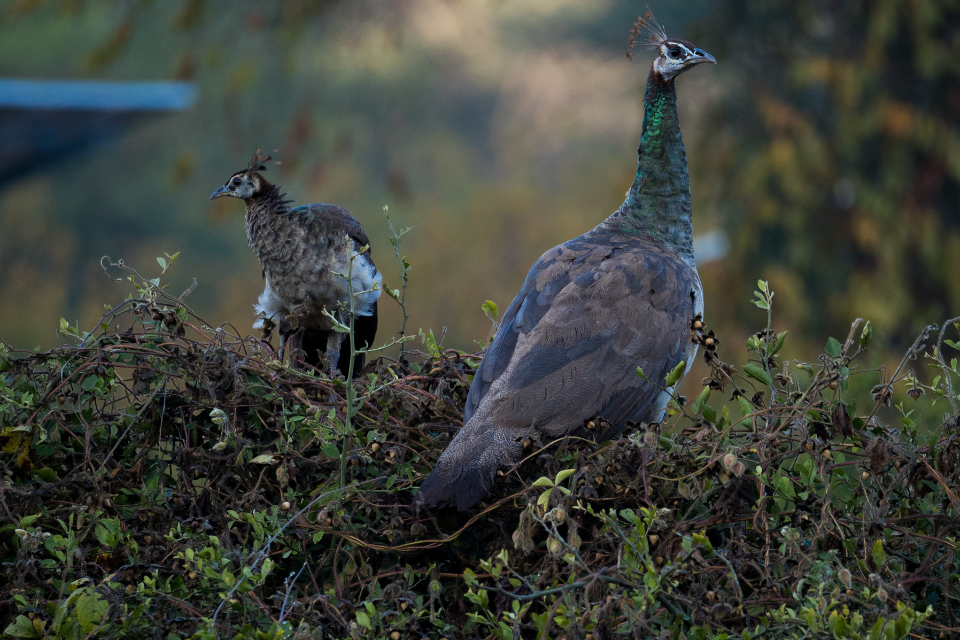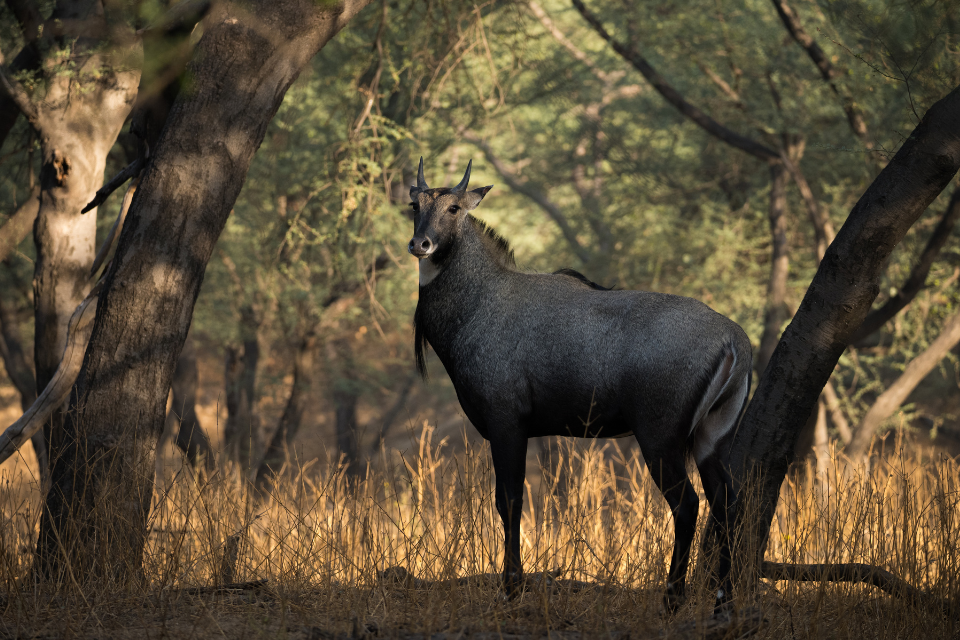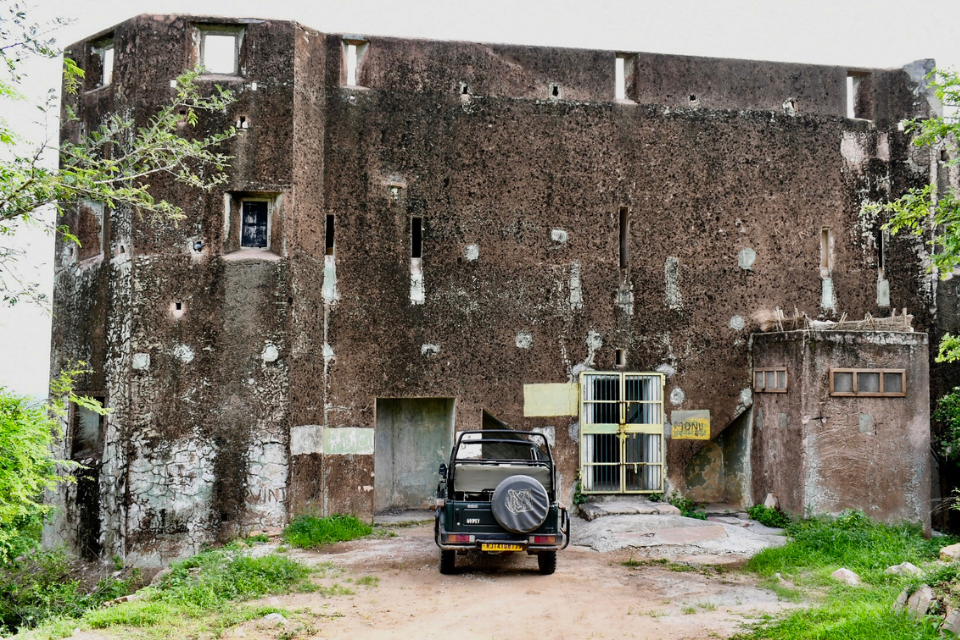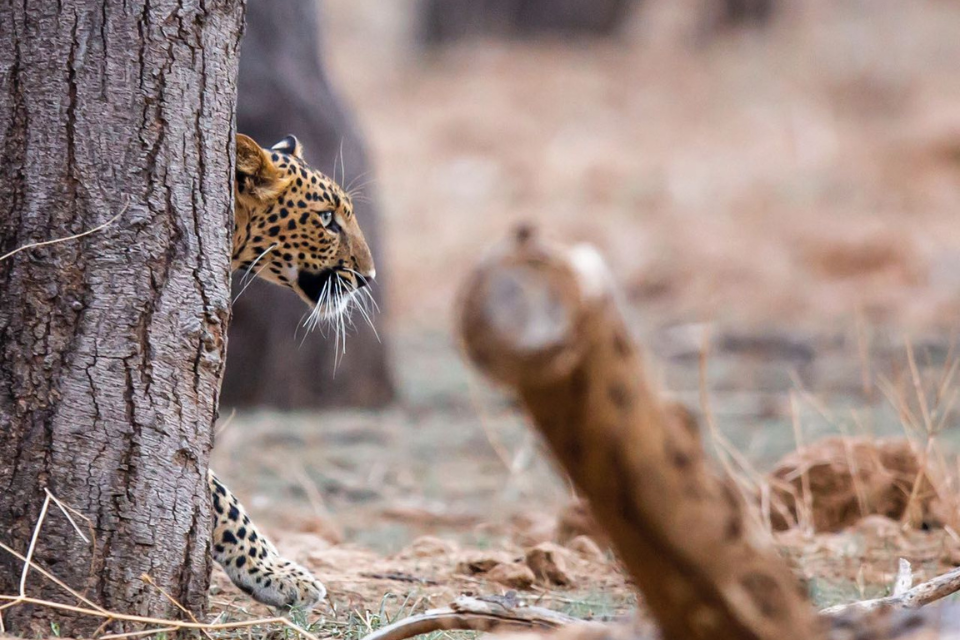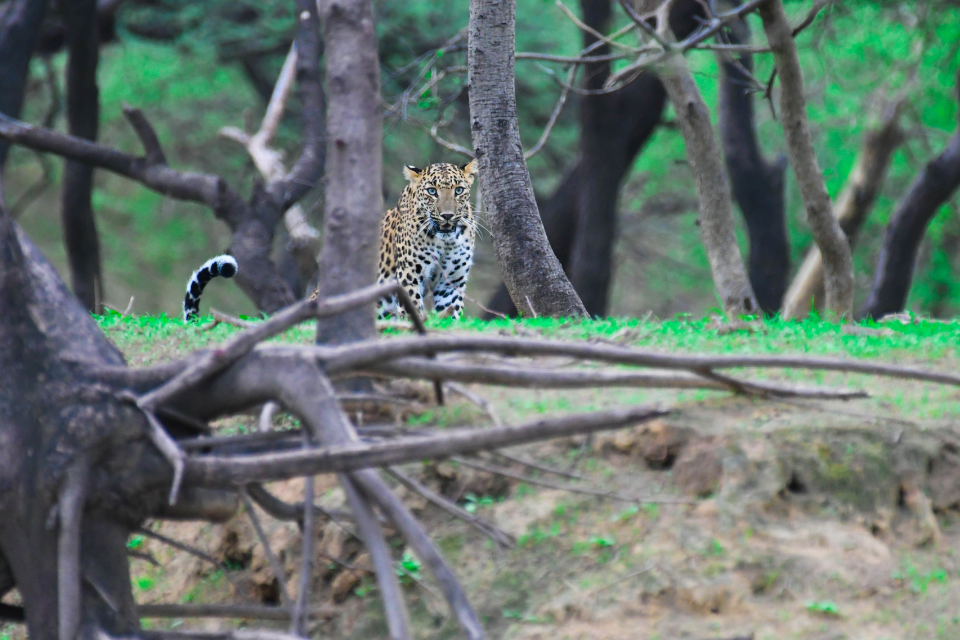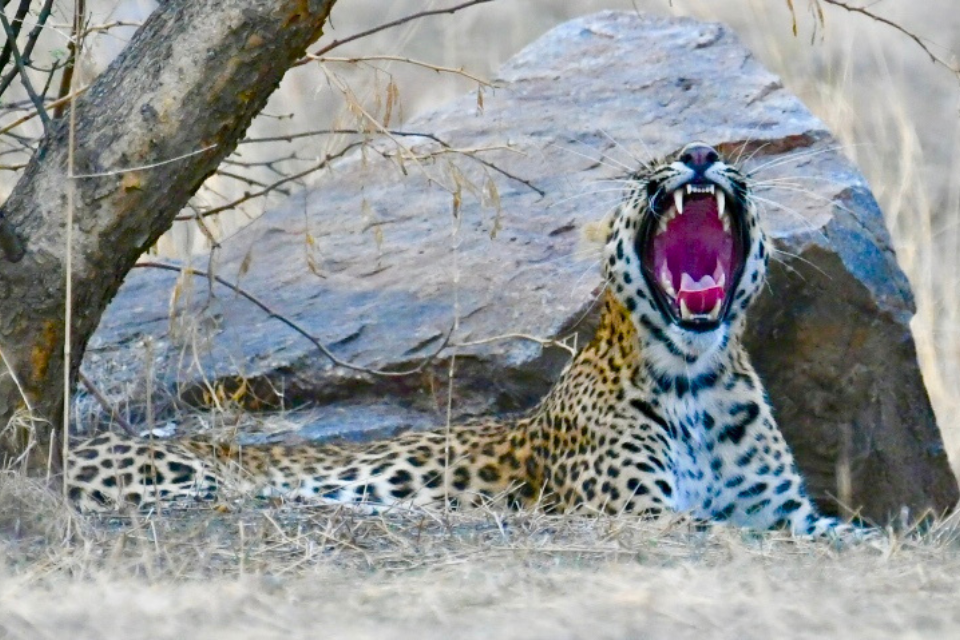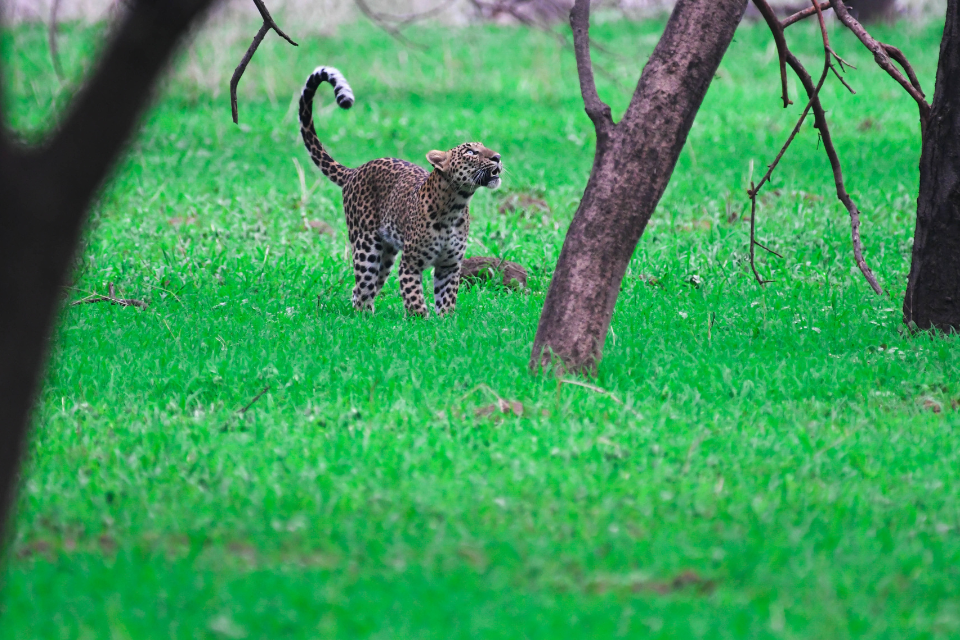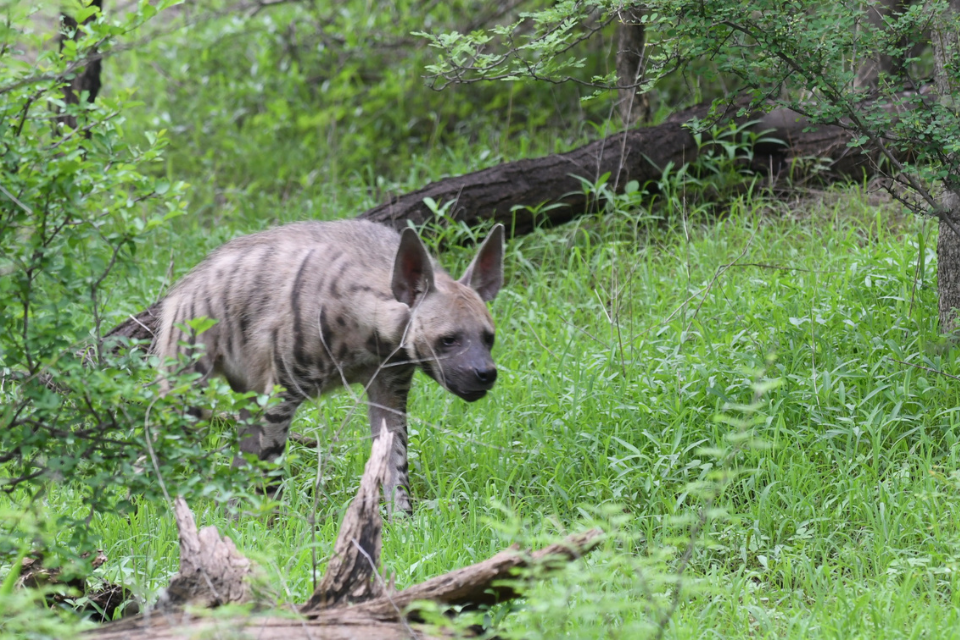- October 15, 2025
Family-Friendly Safari in Jaipur: Safety, Age Tips & Keeping Kids Engaged
Why Jaipur Is Brilliant for a Family Safari
If your crew loves animals, open skies, and stories that come alive off the page, a Jaipur safari with kids is an incredible memory-maker. The Pink City offers access to dry forests and scrublands where you can spot leopards, antelopes, peacocks, and a wide cast of birds and reptiles. Compared to deeper wilderness trips, Jaipur’s proximity to city comforts—good roads, reliable guides, and medical facilities—makes it an approachable first safari for families. Add in flexible vehicle options (open jeeps/gypsies and canters), experienced rangers, and solid tour operators, and you’ve got the right balance of adventure + safety.
This guide is crafted for parents who want practical, real-world advice: exactly how to seat the kids safely, what to do about noise etiquette, where restroom breaks fit into the plan, which binoculars work for small hands, and how to pace the day so everyone stays engaged.
Quick-Glance Summary (for the Parent in a Hurry)
- Best age: 4+ for open-vehicle safaris; baby/toddler trips are possible with extra precautions and shorter drives.
- Seating: Children between two responsible adults; smallest children away from open edges; never in the front next to the guide/driver.
- Noise rules: Whisper level, pre-agree “quiet signals”, and give kids a role (spotter, checklist keeper) to reduce fidgeting.
- Restrooms: Use facilities before boarding; carry a “restroom kit”; plan mid-safari pit stops where allowed.
- Binoculars: 6x–8x magnification, wide field of view, 30–32 mm objective, rubber armor, neck strap, and simple focus.
- CTA: Family bundles with early-morning slot, kid seats, snack kit, and ranger-led nature tasks (details below).
Safety First: The Non-Negotiables
- Use reputable operators known for safety briefings, working seat belts (where fitted), and trained guides.
- Keep kids seated whenever the vehicle is moving. No leaning out, standing up, or dangling arms.
- Follow guide instructions immediately. If they say “quiet,” switch to whisper mode.
- Do not feed wildlife or throw food/wrappers. It’s unsafe for animals and illegal in most protected areas.
- Sun & hydration: Rajasthan heat can sneak up on you. Pack wide-brim hats, SPF 30+, sunglasses, and 1–1.5 L water per person for a half-day.
- Clothing: Breathable long sleeves and pants in earth tones (olive, tan, beige). Avoid neon or bright whites. Closed shoes over sandals.
- Motion sickness: Light breakfast, ginger candies, kid-safe bands/medication if needed; sit kids in the middle or back-facing forward, not sideways.
Emergency plan: Keep a small card with parent names, phone numbers, and any allergies. Let your guide know if your child has asthma or other conditions.
Age-by-Age Tips
Ages 0–3: The Toddler Lane
- Go short and slow. Choose the shortest safari option (60–90 minutes if available).
- Car seat: If your tour allows, ask whether you can mount a travel-compatible car seat; otherwise seat the toddler between two adults.
- White noise & comfort: Bring a lightweight muslin blanket, favorite snack, and a sippy cup. Nap-friendly timing helps—late afternoon is often gentler than midday heat.
- Exit plan: If a meltdown happens, ask the guide about the nearest safe turnaround point.
Ages 4–7: Little Explorers
- Make them “Junior Rangers.” Give a laminated animal checklist and a crayon. They can tick off peacocks, langurs, partridges, antelopes, and “unknown.”
- Introduce whisper rules at home—practice the “quiet game” with a reward.
- Simple binoculars (6x–8x) and a story: “We’re detectives looking for tail tips, ear flicks, and paw prints.”
- Breaks: Plan one official photo stop to stretch and re-hydrate (where permitted).
Ages 8–12: Curious Naturalists
- Let them spot and log. Create a short field journal: date, time, weather, habitat, behavior (“leopard tail flicking,” “antelope grazing”).
- Rotate the “spotter seat.” Every 15–20 minutes, a different child gets the prime inboard seat (still away from edges).
- Tech with rules: If you allow a camera, set a strap rule and “hands on the camera only when the vehicle is still.”
The Smart Seating Plan (Open Jeep/Gypsy & Canter)
Goal: Keep kids safe, balanced, and engaged—without blocking the guide’s view or distracting the driver.
For Open Jeep/Gypsy (4–6 passengers typically)
- Front Row: Driver + Guide only. Avoid seating kids here.
- Second Row (Prime Family Row):
- Middle seat: Youngest child or the one most prone to motion sickness.
- Sides: Two adults acting as “safety buffers.”
- Third Row (if any):
- Older child + adult. Never place two kids together at the very back without an adult.
Edge Safety: Kids should sit inboard (away from edges) whenever possible. Remind them to keep knees and elbows inside the railings.
For Canter (Larger Vehicle)
- Choose center seats in a mid-row; avoid the very front edge or last corner seats for kids.
- Place one adult at each aisle end to “bookend” children.
If your group is large, split across two adjacent rows to keep adults beside or directly in front of kids for easy communication.
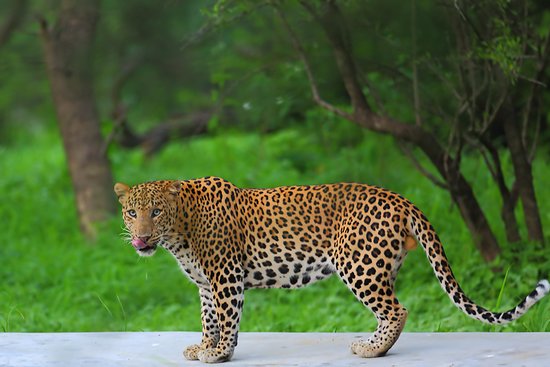
Noise Etiquette: See More by Saying Less
Wildlife, especially leopards, are sensitive to sound. Good noise discipline dramatically increases sightings and prevents animals from feeling harassed.
- Set expectations before boarding: “We whisper in the forest.”
- Create a hand signal for “Quiet now” and practice it.
- Give kids a job: “When you spot any movement, touch my sleeve and point—no shout.”
- Whisper-only window: The first and last 20 minutes (golden light) are when big cats move; enforce extra-quiet mode here.
- Celebrate silently: Use the “silent cheer”—two hands waving in the air instead of shouting.
Restroom Planning Without Stress
Safari routes often have limited restroom access, so a bit of planning pays off.
- Pre-Departure:
- Everyone uses the restroom at the meeting point.
- Go light on diuretics (coffee/tea) right before departure.
- Carry a “Restroom Kit”:
- Travel tissues, wet wipes, hand sanitizer, small zip-top bags for used tissues, a roll-up trash bag.
- For toddlers: spare underwear/pull-ups, a compact change mat.
- Mid-Safari Strategy:
- Ask your guide about designated break points. Only step down where permitted and safe, and never wander off the designated area.
- If no facilities exist, your guide will advise the safest, most discreet protocol respecting local rules.
The Right Binoculars for Kids
The wrong binoculars can frustrate kids. Look for the following:
- Magnification: 6x to 8x (higher is not better for kids—too shaky).
- Objective Lens: 30–32 mm for a bright, manageable view.
- Field of View: Wide FOV helps kids find moving animals quickly.
- Eye Relief: 13–16 mm makes viewing comfortable, especially with glasses.
- Build: Rubber-armored, shock-resistant, with a neck strap and lens caps attached.
- Focus Wheel: Smooth, central focus that tiny fingers can manage.
Pro Tip: Teach a 3-step focusing routine:
- Both eyes open, find the big shape.
- Close left eye, focus with the right until sharp.
- Open both eyes and fine-tune a little.
Packing List for a Smooth Family Safari
- Documents: IDs, booking confirmations, emergency contact card.
- Clothing: Breathable long sleeves/pants, light fleece (mornings/evenings), hat, sunglasses.
- Footwear: Closed shoes/trainers.
- Sun & Health: SPF 30+, lip balm, insect repellent, basic first-aid (plasters, antiseptic wipes, child-safe pain/fever meds), any prescriptions.
- Kid Gear: Child-friendly binoculars, mini field journal, animal checklist, small crayons/pencil, favorite snack (non-crumbly), reusable water bottle.
- Comfort: Lightweight scarf/buff, compact blanket for early chills, biodegradable wipes, tissues, small trash bag.
Tech: Camera with strap, fully charged phone (silent mode), power bank.
Sample Family-Friendly Safari Timeline (Morning Slot)
- 05:15–05:30 — Wake-up, light snack (banana/toast), bathroom, sunscreen.
- 06:00 — Meet operator; safety briefing; seat allocation.
- 06:15–06:30 — Enter forest/scrub zone; whisper mode begins.
- 06:45–07:30 — Prime viewing; stop once for still photos (if permitted).
- 07:30–08:15 — Track movement along water/rocky outcrops; rotate “spotter seat”.
- 08:15–08:30 — Quiet reflection, checklist update, head back.
- 09:00 — Return, restroom break, hearty breakfast reward.
Adjust the timings for afternoon safaris to avoid peak heat and align with animal activity near dusk.
Keeping Kids Engaged (Minus the Meltdowns)
- Give Purpose: “Let’s find three signs of leopard presence—pugmarks, scat, scratch marks.”
- Stories Beat Stats: Share a short tale: how leopards use their tail for balance, why peacocks call at dawn, how langurs warn each other.
- Micro-Challenges: “Spot five different bird colors,” “Count antelope hops,” “Find a paw print.”
- Creative Cool-Down: On the drive back, let kids sketch one animal and one plant they saw.
Choosing the Right Operator (Checklist)
- Clear safety briefing and child seating policy.
- Guides with family experience and patience.
- Transparent cancellation/weather policy.
- Clean vehicle, seat padding, and working steps/rails.
- Communication about restroom options and total duration.
- Option to book private vehicle for families (worth it with younger kids).
Responsible Safari Etiquette to Teach Kids
- We observe—we don’t chase.
- We leave no trace—all trash comes back with us.
- We respect silence—animals need space to live and hunt.
- We learn names—knowing species builds empathy.
FAQ: Jaipur Leopard Safari With Kids
Q1. What’s the best time of day with children?
A: Early morning or late afternoon. Cooler temperatures help kids focus and wildlife is more active. Morning light is gentle for eyes and photos.
Q2. Is a leopard sighting guaranteed?
A: No wildlife sighting is guaranteed. Teach kids that safari success includes tracks, sounds, behavior, and landscapes, not just big cats.
Q3. Can we bring a stroller?
A: Open jeeps and canters have limited space and rough tracks—strollers aren’t practical. A compact baby carrier works better for infants/toddlers off-vehicle (where permitted).
Q4. How long should our first safari be?
A: For ages 0–6, aim for 60–120 minutes. Ages 7+ often handle a standard 2.5–3 hours, especially with a snack break and good shade.
Q5. Are snacks allowed?
A: Usually yes, but be discreet and follow guide instructions. Never feed animals and always manage waste responsibly.
Q6. What if a child needs the restroom urgently?
A: Inform the guide immediately. They’ll direct you to the nearest permitted stop or return point.
Q7. Do we need special lenses or gear?
A: Not necessary. A phone or entry-level camera plus kid-friendly binoculars (6x–8x) are enough to enjoy the day.
Final Thoughts
A Jaipur safari with kids is more than animal-spotting: it’s a lesson in patience, respect, and wonder. With the right seating plan, clear noise rules, smart restroom planning, and child-friendly binoculars, you’ll keep little explorers comfortable—and prime your family for those goosebump moments when the forest goes quiet and the wild reveals itself.
Book your date, brief your crew, and make it a story they’ll tell for years.
Disclaimer
Safari conditions, routes, and regulations can change based on weather, conservation policy, and park management. Always follow your guide’s instructions and local rules. This article provides general guidance for families and is not a substitute for operator briefings or official advisories.
Disclaimer All images used in this blog are either sourced from public domain or credited to their respective owners. If you are the copyright holder of any image and wish to request its removal or proper attribution, please contact us at [email protected]
